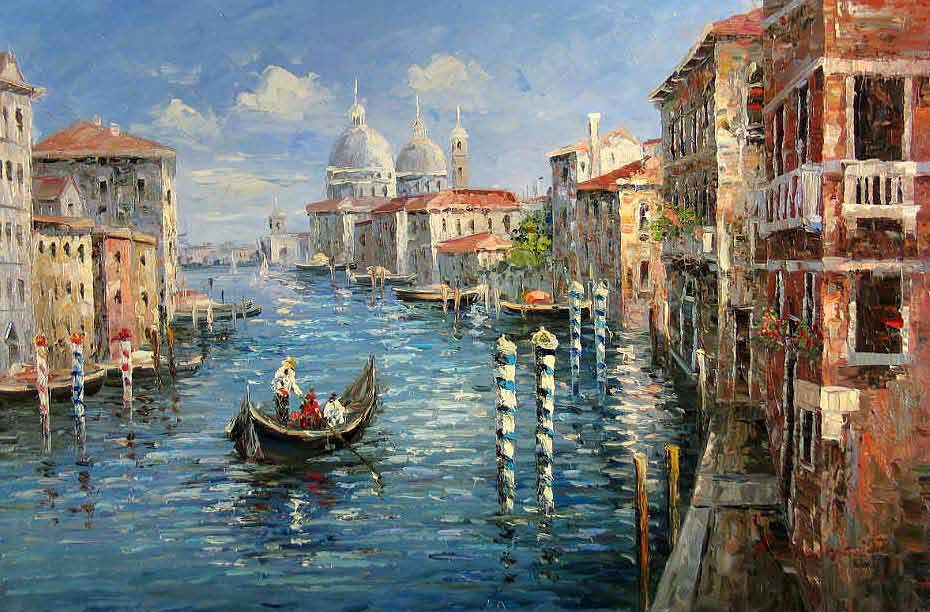Artistic Trip Retrospectives: Delving into the Creative Process
For professional photographers, the concept of artistic trip retrospectives serves as a bridge between the visceral experiences of travel and the creative expression that follows. This retrospective approach allows photographers to delve deep into their archives, unearthing forgotten moments that can inspire newfound artistic interpretations. Whether it's a remote landscape or a bustling city street, each captured image holds a story waiting to be told.
In the fast-paced world of photography, taking a pause to reflect on past journeys can be both refreshing and enlightening. This not only enhances the photographer's appreciation for their work but also offers an opportunity to see familiar images through a new lens. By revisiting these moments, photographers can discover hidden narratives and emotions that might have been overlooked initially.

Finding Inspiration in Past Travels
The magic of artistic trip retrospectives lies in their ability to transform ordinary travel photos into extraordinary pieces of art. By revisiting past trips, photographers can find inspiration in the small details that they might have initially missed. This process often involves a deep dive into one's portfolio, carefully selecting images that resonate on a personal level.
For instance, a simple photo of a bustling marketplace can evoke memories of vibrant colors, enticing aromas, and the cacophony of sounds. Revisiting such images can reignite the photographer's passion, prompting them to experiment with new editing techniques or storytelling methods. This reflective process can also inspire photographers to create thematic series, showcasing their unique perspectives on the places they've visited.
The Role of Emotion in Artistic Retrospection
Emotions play a pivotal role in the process of artistic trip retrospectives. Each photograph captured during a trip holds an emotional imprint, and revisiting these moments allows photographers to reconnect with the feelings they experienced at the time. By tapping into these emotions, photographers can create powerful narratives that resonate with their audience.
For example, a photo of a serene sunset over a tranquil beach might evoke feelings of peace and introspection. By revisiting this image, a photographer can explore different ways to convey these emotions through their art, whether it's through color grading, composition adjustments, or even transforming the image into a mixed media piece. This emotional exploration adds depth and authenticity to the final artwork.
Techniques for Effective Retrospection
When embarking on an artistic trip retrospective, professional photographers can employ various techniques to ensure a successful creative process. One effective approach is to create a mood board or visual diary, compiling images that evoke similar emotions or themes. This can serve as a valuable reference tool, helping photographers maintain focus and consistency in their work.
Another technique is to experiment with different editing styles, allowing photographers to see their images in a new light. Trying out monochrome filters, playing with contrast and saturation, or even incorporating digital elements can breathe new life into old photographs. Additionally, collaborating with other artists or photographers can provide fresh perspectives and inspire innovative ideas.
Transforming Memories into Art
The ultimate goal of artistic trip retrospectives is to transform travel memories into compelling works of art. By reflecting on past experiences and embracing the emotions they evoke, photographers can create pieces that are not only visually stunning but also deeply meaningful. This transformative process encourages photographers to push their creative boundaries and explore new artistic horizons.
For those seeking inspiration, consider exploring resources like the [Go Ahead Tours Blog](https://www.goaheadtours.com/travel-blog/articles/painting-and-travel-changed-one-artists-life) or [Trip Scholars](https://tripscholars.com/arts-travel/) for insights into how travel can influence artistic expression. Additionally, the article [Art Inspired by Road Trip Memories](https://photo4art.com/blogs/our-all-posts/art-inspired-by-road-trip-memories) offers a fascinating look at how artists draw inspiration from their journeys.
Integrating Retrospectives into Your Workflow
To make the most of artistic trip retrospectives, photographers should consider integrating this practice into their regular workflow. Setting aside dedicated time for reflection and creative exploration can help maintain a fresh and dynamic portfolio. By regularly revisiting past work, photographers can continuously evolve their style and approach, ensuring that their art remains relevant and engaging.
Additionally, participating in workshops or joining photography communities can provide valuable opportunities for feedback and collaboration. Engaging with fellow photographers who share a passion for travel and art can lead to exciting partnerships and inspire new projects.
Conclusion: The Endless Possibilities of Artistic Retrospection
In conclusion, artistic trip retrospectives offer professional photographers a unique opportunity to rediscover the beauty in their past work. By embracing this reflective practice, photographers can uncover hidden stories, evoke powerful emotions, and create art that resonates with both themselves and their audience. The journey of retrospection is an ongoing one, filled with endless possibilities for creative growth and exploration.

FAQ Section
1. What is an artistic trip retrospective?
An artistic trip retrospective involves revisiting and reflecting on past travel experiences to gain inspiration for new artistic creations. It allows photographers to explore their archives and find new stories within their existing work.
2. How can I integrate retrospectives into my photography workflow?
To integrate retrospectives into your workflow, set aside dedicated time for reflection and creative exploration. Consider creating mood boards, experimenting with editing techniques, and engaging with photography communities for feedback and inspiration.
3. Why are emotions important in artistic retrospectives?
Emotions are crucial in artistic retrospectives because they add depth and authenticity to the final artwork. By reconnecting with the feelings experienced during a trip, photographers can create powerful narratives that resonate with their audience.

